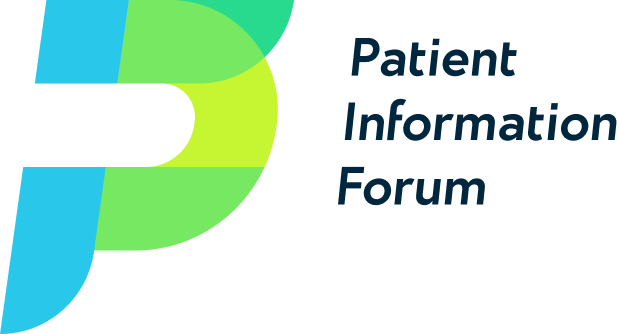This guide provides practical support for writing health information in plain language. It includes tips, readability tools and data to help you make the case for health-literacy friendly materials.
Why this matters
Everyone should have access to evidence-based health information to enable them to make informed decisions about their health. Complex or jargon-heavy materials make information harder for people to understand. This can lead to increased hospital visits, failing to take medicines correctly and a lack of trust in healthcare.[1]
Starting with plain language can also help you tackle other health information challenges. For example, translated materials and accessible formats are easier to create when you are starting from a resource which is easy to understand. Consumer research carried out by PIF in early 2020 showed the public rated information which was easy to understand as a key criteria for health information, second only to being evidence-based.
Keep it simple
- Put the information people most need or want to know at the beginning
- Aim for a target reading age of 9-11
- Keep sentences short
- If you have to use a complex word explain it straight away or use a glossary
Check understanding
- Engage your target audience to ensure language is easy to understand and tone is correct
- Ask other members of your team to review
- Work with different reviewers at different stages of the project
Consider different formats
- Look at different ways of presenting the information
- Make use of tools like infographics or short animations alongside text
- Think about how to present potentially complex information, for example risk, clearly
This guide supports the following PIF TICK criteria:
- 6.0 Health inequalities: Information is written to meet health and digital literacy, language and accessibility needs of the target audience.
- 7.0 Content and design: Information is clearly communicated, easy to access and navigate.
